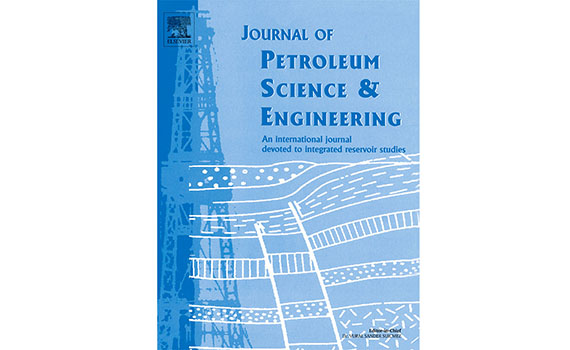NEWS
Lithological facies classification is carried out using deep convolution neural networks

“Lithological facies classification using deep convolution neural networks” DOI: 10.1016 / j.petrol.2018.11.023) article co-authored by the head of department of the Institute of Information Technology of ANAS, PhD in technical sciences, associate professor Yadigar Imamverdiyev and senior scientific worker of the institute, PhD, associate professor Lyudmila Sukhostat, was published in the “Journal of Petroleum Science and Engineering” belongs to “Elsevier” Publishing House. A copy of the article may be downloaded free of charge within 50 days.
The article was prepared on the basis of scientific research conducted within the grant project “DeepOil-ML: Development of new technologies based on Deep Learning for Intelligent Oil Fields” funded by the State Oil Fundation of the Republic of Azerbaijan.
The aim of this paper is the development of an effective model based on deep learning for geological facies classification in wells. Facies classification is carried out by studying the lithological properties of rocks, which are characteristic of modern sediments, accumulating in certain physical and geographical conditions. In this study, a new 1D-CNN model, which is trained on various optimization algorithms, is proposed. The photoelectric effect, gamma ray, resistivity logging, neutron-density porosity difference, average neutron density porosity and geologic constraining variables are considered as input data of the model. Acceptable accuracy and the use of conventional well log data are the main advantages of the proposed intellectual model.
The proposed model is compared with a recurrent neural network model, a long short-term memory model, a support vector machine model, and a k-nearest neighbor model and shows more accurate results in comparison with them. The model shows successful results in the study of well log data and can, therefore, be recommended as a suitable and effective approach for well log data processing required for lithological discrimination.
It should be noted that "Journal of Petroleum Science and Engineering" has the following scientific data:
Impact Factor: 2.382
5-Year Impact Factor: 2.739
Source Normalized Impact per Paper (SNIP): 1.640
CiteScore: 2.80
SCImago Journal Rank (SJR): 0.782



